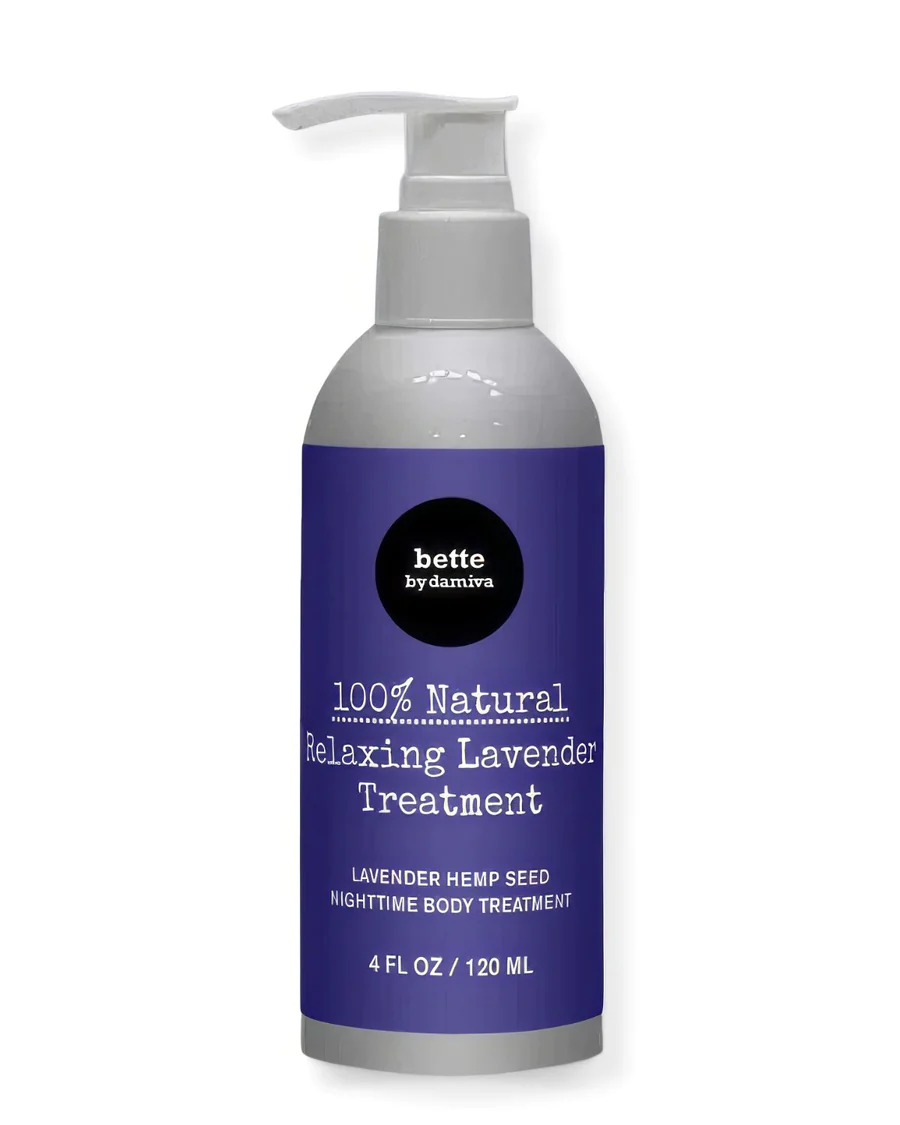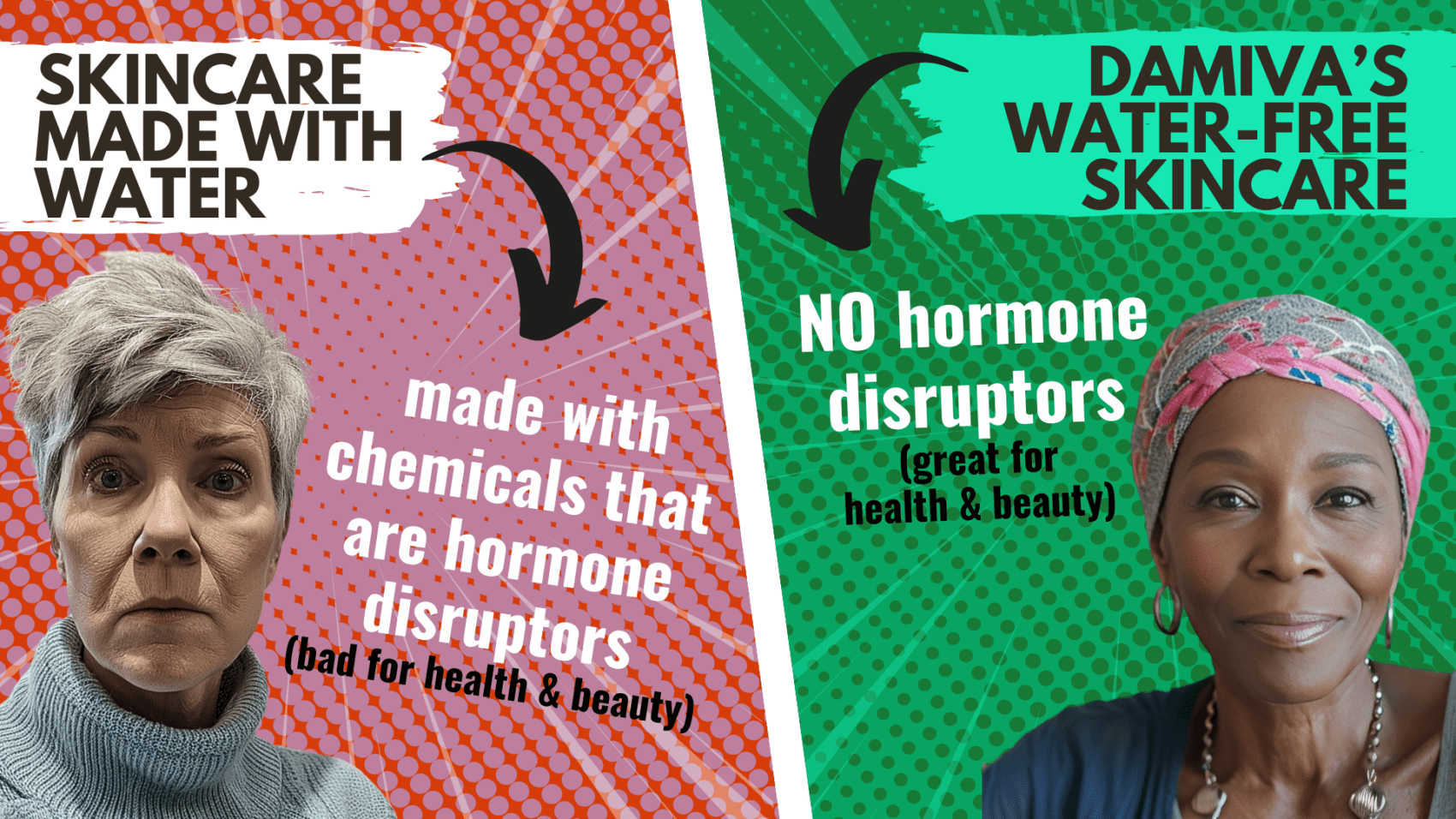Introduction to Synthetic Fragrances
Defining Synthetic Fragrances
Synthetic fragrances, often referred to as artificial fragrances, are complex chemical concoctions designed to mimic natural scents. Unlike their natural counterparts derived from plant and animal sources, synthetic fragrances are crafted in laboratories. They are composed of various synthetic compounds, many of which are derived from petrochemicals. These fragrances are prevalent in a myriad of products, from personal care items to household cleaners, offering consistent, long-lasting, and often intense aromas.
Common Uses in Products
Synthetic fragrances are ubiquitous in today’s consumer market. They are found in a vast array of products including perfumes, colognes, shampoos, conditioners, body washes, lotions, laundry detergents, fabric softeners, air fresheners, and candles. The pervasive use of these fragrances is largely due to their cost-effectiveness and the ability to create a wide spectrum of scents that cater to diverse consumer preferences.
Perception and Demand in the Market
The market’s perception of synthetic fragrances is dual-faceted. On one hand, they are celebrated for their versatility and strength, making them highly sought after by consumers desiring long-lasting scent profiles. On the other hand, there is a growing concern among health-conscious consumers regarding the potential health risks associated with synthetic fragrance exposure. This has led to an increased demand for transparency in labeling and a shift towards natural fragrance alternatives.
Overview of the Article
This article aims to delve into the multifaceted impact of synthetic fragrances on both the environment and human health. It will explore the chemical composition and production processes of synthetic fragrances, their widespread use, and the regulatory landscape that governs them. The environmental implications, including pollution and effects on biodiversity, will be examined, alongside the health concerns linked to exposure. Consumer awareness and behavior, as well as the burgeoning market for natural and sustainable alternatives, will also be discussed. The article will conclude with recommendations for consumers and industry stakeholders on how to navigate the complex world of synthetic fragrances with an informed and conscientious approach.

Do you have the most commonly used but toxic, disease bringing chemicals in your skin care? Many chemicals in skincare are hormone disruptors and make menopause symptoms worse.
Find out more…
Chemical Composition and Production
Key Ingredients in Synthetic Fragrances
Synthetic fragrances are complex mixtures that may contain thousands of different ingredients, many derived from petrochemicals. Common classes of chemicals in these fragrances include phthalates, parabens, benzophenone, and aldehydes. Phthalates, for example, are often used as fixatives to prolong the scent of the fragrance, but they are also known endocrine disruptors. Aldehydes add freshness or a floral note but can cause skin irritation and respiratory issues. The chemical diversity in synthetic fragrances is vast, with each compound imparting a specific olfactory characteristic to the final product.
Manufacturing Processes
The production of synthetic fragrances involves a series of chemical reactions and processes. Starting with raw materials, which are often petrochemical derivatives, manufacturers employ techniques such as esterification, hydrogenation, and oxidation to create the desired fragrance compounds. These processes require precise control and monitoring to ensure the consistency and quality of the fragrance oils. After synthesis, the compounds are blended according to secret formulas, creating the unique scents used in various consumer products.
Regulations and Standards
Regulation of synthetic fragrances varies by region, with some countries having stricter standards than others. In the United States, the fragrance industry is largely self-regulated, with the International Fragrance Association (IFRA) setting voluntary standards for safety and use. However, due to trade secret laws, full disclosure of fragrance ingredients is not mandatory, leading to a lack of transparency. The European Union has more stringent regulations, requiring allergens in fragrances to be listed on product labels. Despite these regulations, there is ongoing debate about the adequacy of current standards to protect human health and the environment from the potential impacts of synthetic fragrance chemicals.

Doubting chemicals in skincare and femcare? Well done! Choose chemical-free products whenever possible.
Environmental Impact of Synthetic Fragrances
Pollution and Waste from Production
The production of synthetic fragrances involves complex chemical processes that generate pollution and waste. The manufacturing of these fragrances often requires the use of volatile organic compounds (VOCs), which can escape into the atmosphere during production. These emissions contribute to the formation of ground-level ozone and smog, exacerbating air quality issues. Additionally, the production facilities may generate hazardous waste that, if not properly managed, can contaminate soil and water sources, posing risks to ecosystems and human health.
Effects on Water and Soil
When synthetic fragrances are washed down drains, they enter municipal wastewater systems and eventually reach natural water bodies. Many of these compounds are not fully removed during wastewater treatment and can accumulate in aquatic environments. This contamination can disrupt the hormonal systems of aquatic organisms, leading to reproductive and developmental issues. In soil, these chemicals can alter microbial communities and nutrient cycles, potentially reducing soil fertility and affecting plant growth.
Impact on Wildlife and Biodiversity
Synthetic fragrances can have detrimental effects on wildlife and biodiversity. The bioaccumulation of fragrance compounds in the food chain can lead to toxic effects in predators, including humans. These substances can also act as endocrine disruptors, interfering with the hormone systems of various species, which can lead to population declines and reduced biodiversity. The presence of these chemicals in natural habitats may also alter the behavior and communication of wildlife, as many animals rely on natural scents for mating, foraging, and avoiding predators.
Contribution to Air Pollution
The use of synthetic fragrances in consumer products contributes significantly to indoor and outdoor air pollution. Fragranced products release VOCs into the air, which can react with other pollutants to form secondary pollutants like formaldehyde and particulate matter. These pollutants can have adverse effects on respiratory health and contribute to the overall burden of air pollution. The widespread use of synthetic fragrances thus adds to the complex mixture of chemicals in the atmosphere, with implications for climate change and public health.
Health Concerns Associated with Synthetic Fragrances
Short-term Health Effects
Synthetic fragrances, which are found in a wide array of personal care and household products, can trigger a variety of immediate, short-term health issues. Common reactions include headaches, dizziness, and respiratory difficulties, such as asthma attacks and breathing problems. Individuals may also experience skin irritation, including rashes and hives, as well as mucosal symptoms like watery or red eyes and nasal congestion. These acute effects are particularly concerning for individuals with existing conditions like asthma or migraines, as synthetic fragrances can exacerbate their symptoms.
Long-term Health Risks
Chronic exposure to synthetic fragrances has been linked to more serious, long-term health risks. Studies suggest a potential association between prolonged exposure and endocrine disruption, which can lead to reproductive issues, developmental problems in children, and increased cancer risk. Other long-term effects may include neurotoxicity, contributing to neurological disorders, and allergic sensitization, which can lead to persistent allergic reactions.
Vulnerable Populations
Certain groups are more susceptible to the adverse effects of synthetic fragrances. Children, pregnant women, and individuals with pre-existing health conditions such as asthma, allergies, or chemical sensitivities are particularly vulnerable. For these populations, even low-level exposure can trigger significant health responses and contribute to the development of chronic conditions.
Case Studies and Research Findings
Research has provided insight into the health impacts of synthetic fragrances. For instance, a study published in the Journal of Xenobiotics highlighted the presence of volatile organic compounds (VOCs) in fragranced products and their potential to impact indoor air quality and human health negatively. Another study by the Breast Cancer Prevention Partners found that a significant portion of toxic chemicals detected in personal care products stemmed from fragrances. These studies, among others, underscore the need for greater transparency in ingredient disclosure and the potential benefits of shifting towards fragrance-free products and policies.
Given the evidence of health risks associated with synthetic fragrances, consumers are encouraged to seek out fragrance-free or naturally scented products, advocate for clear labeling of fragrance ingredients, and support regulations that protect public health from the potential harms of synthetic fragrances.

Finally Peace of Mind! NO more worries, no more hassle in checking the labels of creams and lotions.
I found skin care and beauty without chemicals. Chemicals in skin care are hormone disruptors and could turn out very bad for me. I need to stay away from them.
Safe ingredients, no doubts, no compromises and no false promises.
Consumer Awareness and Behavior
Label Reading and Ingredient Research
As consumers become increasingly health-conscious, the scrutiny of product labels has intensified. Many individuals now dedicate time to researching ingredients in their fragrances, seeking to understand the potential health implications of synthetic compounds. This behavior is driven by studies linking certain fragrance ingredients to allergies, hormonal disruptions, and even chronic diseases. The act of label reading has evolved from a cursory glance to a more informed analysis, with consumers actively seeking out products free from phthalates, parabens, and other controversial chemicals.
Shift Towards Natural and Organic Products
The demand for natural and organic fragrance products has surged, reflecting a broader trend in consumer behavior. Shoppers are increasingly drawn to products labeled as “natural,” “organic,” or “chemical-free,” perceiving them as safer and more environmentally friendly. This shift is fueled by a growing distrust of synthetic fragrances and a desire to return to simpler, more transparent ingredients. Brands that highlight the use of essential oils and plant-based components are gaining market share, as consumers associate these natural sources with a lower risk of adverse health effects.
Community Discussions and Advocacy
Online forums and social media groups have become hotbeds for discussions about the impact of synthetic fragrances. These platforms allow consumers to share personal experiences, exchange information on safe products, and mobilize for change. Advocacy groups are also playing a pivotal role, campaigning for stricter regulations on fragrance ingredients and greater transparency from manufacturers. Through community efforts, there is a growing call for the fragrance industry to prioritize consumer health and environmental sustainability.
Influence of Reviews and Testimonials
Consumer reviews and testimonials are powerful influencers in the fragrance market. Positive feedback about a product’s safety and natural composition can significantly boost its popularity. Conversely, reports of negative health reactions can deter potential buyers and damage a brand’s reputation. As such, reviews and testimonials are not only shaping purchasing decisions but also pushing companies to reformulate products to meet the rising standards of informed consumers.

Bette 100% All-Natural Relaxing Lavender Body Lotion.
Chemical-Free
Your relaxing night time body moisturizer to leave the day’s stress behind. Decompress and wish your body good night with the calming scent of lavender.
Alternatives to Synthetic Fragrances
Natural and Plant-based Options
As awareness grows about the potential hazards of synthetic fragrances, consumers are increasingly turning towards natural and plant-based alternatives. Essential oils extracted from flowers, fruits, and herbs offer a rich palette of scents that can be used in personal care products, household cleaners, and air fresheners. These natural fragrances not only provide a pleasant aroma but also come with therapeutic properties that can enhance well-being.
Benefits of Chemical-free and Water-free Products
Chemical-free and water-free products provide a safer option for scenting our environments. These products reduce the risk of exposure to volatile organic compounds (VOCs) and other harmful chemicals commonly found in liquid fragrances. Additionally, the absence of water in these products means a longer shelf-life and less likelihood of bacterial growth, making them a healthier choice for consumers and the planet.
As a matter of fact, water-free products can be made completely without chemicals and offer a great option for women who want to be on the safe side with their skincare.
Innovations in Sustainable Fragrance Production
The fragrance industry is also witnessing innovations aimed at sustainability. Biotechnology is enabling the creation of bio-based fragrances that are not only environmentally friendly but also offer new and unique scent profiles. Advances in green chemistry are leading to the development of fragrances that are biodegradable and have a minimal ecological footprint.
How to Choose Safer Products
If you want to be completely sure: take water-free products.
- Skincare that is made with water needs chemical preservatives to suppress (kill) microbial growth – like the water of a pool, where chlorine is often used.
- Water is a breeding ground for bacteria and more
- Water-free products don’t offer this breeding ground, which allows them to be made without chemical preservatives.
When selecting products with fragrances, it’s crucial to look for transparency in ingredient disclosure. Opt for products that list all their fragrance components or use certified natural fragrances. Check for certifications from reputable organizations that verify the product’s claims of being natural, organic, or free from synthetic fragrances. Additionally, consider doing a patch test before using a new product to ensure that it does not cause any adverse skin reactions.
In conclusion, the shift towards alternatives to synthetic fragrances is not only a healthier choice for individuals but also a step forward in protecting our environment. By choosing natural and plant-based options, supporting innovations in sustainable production, and making informed choices, consumers can enjoy the benefits of fragrances without compromising their health or the health of the planet.
Conclusion and Recommendations
Summary of Impacts
The use of synthetic fragrances in various products has become ubiquitous in modern society. However, the chemical composition of these fragrances and their widespread application have raised significant concerns regarding their impact on both the environment and human health. The production and disposal of synthetic fragrances contribute to pollution and waste, affecting water and soil quality and posing risks to wildlife and biodiversity. Moreover, the volatile organic compounds (VOCs) emitted by these fragrances contribute to air pollution and can have detrimental effects on human health, ranging from short-term issues like headaches and respiratory problems to long-term risks such as endocrine disruption and cancer.
Personal Choices and Environmental Responsibility
As consumers become more aware of the potential hazards associated with synthetic fragrances, it is crucial to make informed personal choices that reflect a commitment to environmental responsibility. Opting for products with natural or plant-based fragrances, or even fragrance-free options, can significantly reduce one’s ecological footprint. Additionally, supporting companies that prioritize sustainable practices and transparency in ingredient sourcing can drive the market towards more environmentally friendly alternatives.
Advocating for Transparency and Regulation
There is a pressing need for stricter regulations and standards governing the use of synthetic fragrances. Advocacy for greater transparency in labeling and the disclosure of all fragrance ingredients is essential to protect consumers and the environment. By demanding that manufacturers list all components, including those currently protected as trade secrets, individuals can make more informed decisions and avoid products with harmful chemicals.
Final Thoughts for Consumers
Consumers play a pivotal role in shaping the industry through their purchasing decisions. By choosing products that are safe for both personal health and the environment, individuals can encourage companies to adopt more sustainable and transparent practices. Education on the potential impacts of synthetic fragrances, along with a shift in consumer behavior towards natural and safer alternatives, can lead to a significant reduction in the negative effects associated with these products. Ultimately, it is the collective action of informed consumers that will drive the change towards a healthier and more sustainable future.










